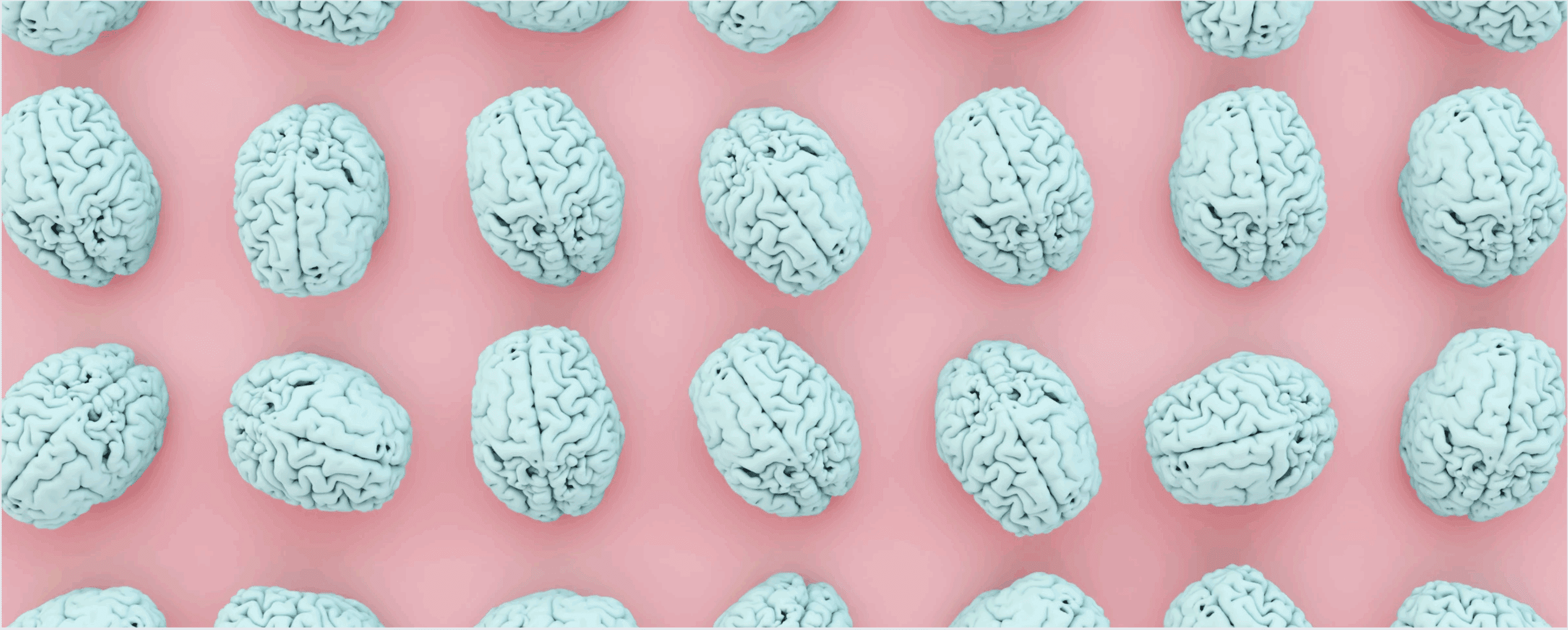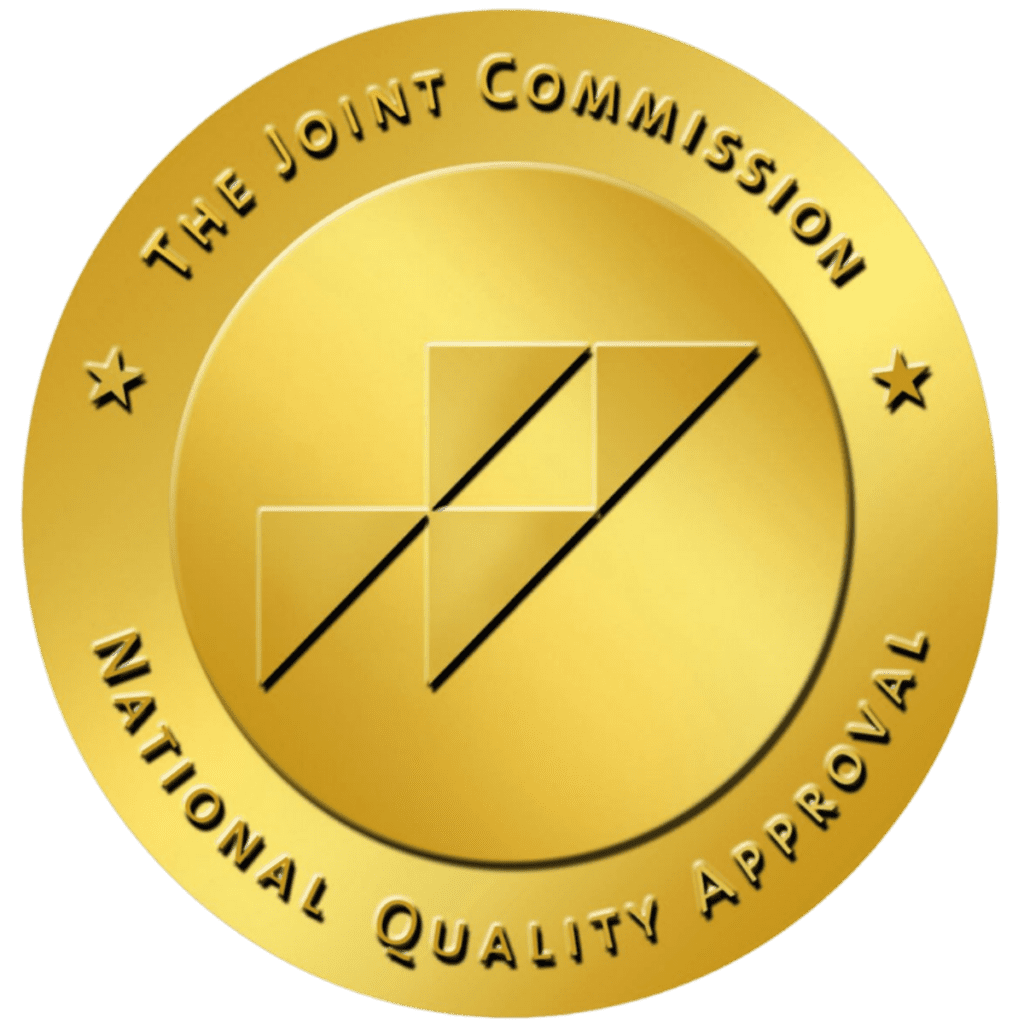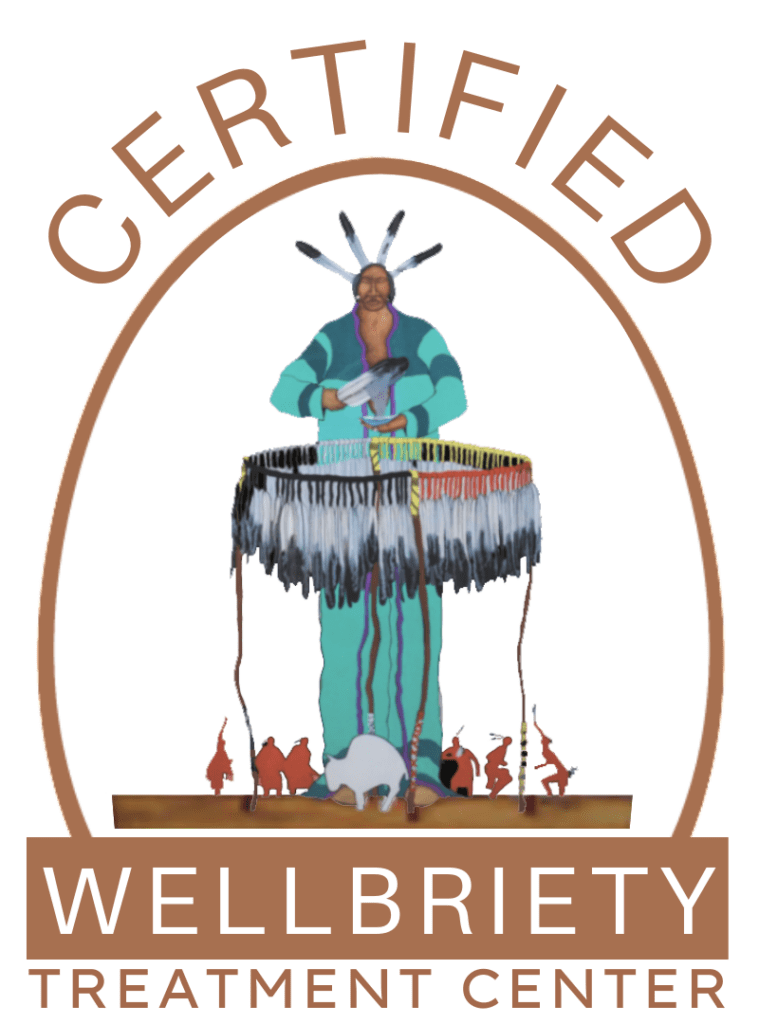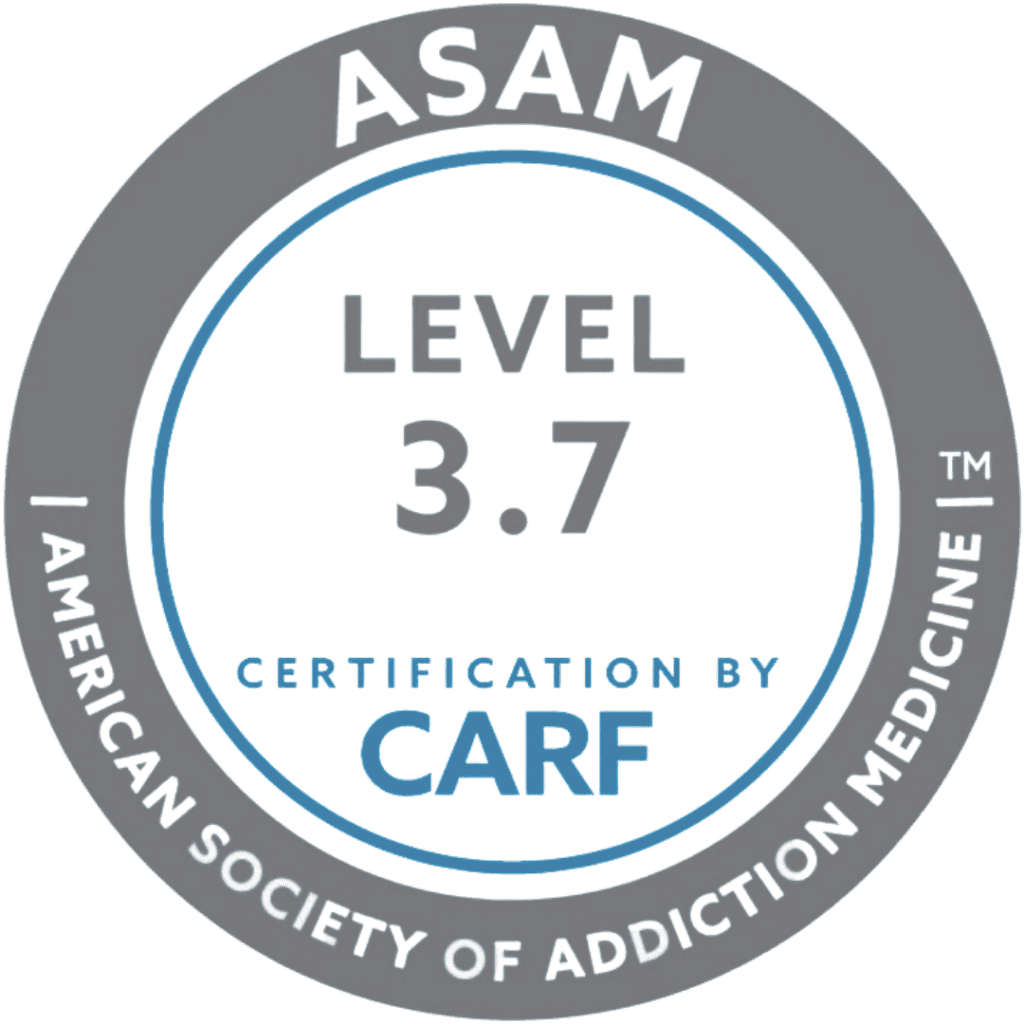In the world of illicit substances, a new term has surfaced causing concern and raising questions: super meth. What is super meth, and how does it differ from regular meth? More importantly, what makes it so dangerously potent? Here, we delve into the shadows, shedding light on the origins, consequences, and treatment options for this new super meth substance.
What Is Super Meth?
When U.S. drug legislation moved ephedrine and pseudoephedrine behind pharmacy counters in 2006, meth cartels completely reinvented their processes. The result was a more potent, accessible, and affordable version of standard methamphetamine: super meth. Originating primarily from unregistered super meth labs in Mexico, this variant’s potency surpasses that of regular meth, posing heightened risks to individuals and communities alike.
While regular methamphetamine is already a highly addictive and harmful stimulant, super meth takes these dangers to a new level. Super meth is at least 93% pure and the high can last up to 24 hours. Some users add fentanyl to try and balance out their high, but that combination makes it more deadly.
What Makes Super Meth Dangerous?
The danger of super meth lies in its strength and the covert nature of its production. Unlike regulated pharmaceuticals, Mexican super meth is manufactured in illicit, unregistered meth labs. Each meth lab operates outside the bounds of safety regulations, leading to an unpredictable and hazardous final product.
The increased potency of super meth intensifies the risks associated with its use. Illicit drug use exposes people to elevated health risks, including severe cardiovascular issues, neurological damage, and a higher likelihood of addiction. The unregulated production process also introduces the potential for harmful contaminants, making the health hazards associated with this new super meth even greater.
Get confidential help from our addiction and mental health treatment facilities located across the United States. Call to join one of our quality programs today!
Speak With Our Admissions TeamWhat Are the Signs and Symptoms of Meth Abuse?
Individuals under the influence of super meth can exhibit various physical, behavioral, and psychological side effects.
Physical signs of meth abuse include:
- Decreased appetite
- Rapid weight loss
- Skin sores because of picking at skin
- Dilated pupils
- Burns on lips or fingers resulting from holding red-hot pipes or smoking from them
- Poor dental hygiene, known as “meth mouth”
- Chest pain
- Anxiety
- Increased heart rate
- Flushed skin
- Raised body temperature
- Drug cravings
Long-term physical signs of meth abuse include:
- Heart disease
- Rotten teeth
- Respiratory issues
- Liver failure
- Kidney failure
- Premature aging
- Seizures
- High blood pressure
- Malnutrition
Behavioral signs of meth abuse include:
- Neglecting responsibilities, such as work or school
- Losing interest in or giving up previously enjoyed activities
- Withdrawing from family and friends
- Eating less (Meth suppresses the appetite)
- Picking or scratching at skin (Meth use can create the sensation of bugs crawling on the skin, causing itchiness)
- Aggression
- Sleeping issues
- Spending more time with new friends
- Acting suspiciously and secretively
Long-term behavioral signs of meth abuse include:
- Disrupted sleep schedule (People using meth can go several days without sleep)
- Loss of friends and disconnection from loved ones
- Stealing or borrowing money
- Legal trouble resulting from violent behavior
Mental and emotional signs of meth addiction:
- Euphoria (intensely pleasurable feelings of excitement and happiness)
- Hyper alertness
- Bursts of motivation to complete tasks
- Paranoia
- Anger
- Delusions (beliefs that are not grounded in reality)
- Hallucinations – Seeing, hearing, feeling, tasting, or smelling things that are not there
Understanding the signs of meth abuse can assist friends, family, and community members in identifying the illness, prompting timely intervention and support for those in need. Overdosing on meth is extremely dangerous and can lead to multiple organ failure, so seeking immediate help is essential.
Meth Withdrawal Symptoms
As people continue to abuse meth, their bodies become more tolerant of the drug. As a result, meth users need to consume higher doses to get the same effects. Once a person stops abusing meth, withdrawal symptoms set in as the body readjusts to functioning without it.
Meth withdrawal symptoms can include:
- Depression
- Anxiety
- Fatigue
- Agitation
- Paranoia
- Trouble sleeping
- Loss of appetite
- Psychosis
- Seizures
- Intense cravings for meth
Meth withdrawal symptoms can be difficult to cope with, and they may last for weeks or even months. Many people who try to quit meth on their own relapse because the withdrawal symptoms are so uncomfortable. This is why it’s so important to seek help from a reputable addiction treatment center.
Looking for quality treatment for substance abuse and mental health that’s also affordable? Aliya Health Group's treatment facilities accept most major insurance providers. Get a free insurance benefits check now!
Check Your CoverageHow Is Meth Addiction Treated?
Addressing methamphetamine addiction requires a multifaceted approach. The meth treatment process typically involves several key components, including:
- Detoxification
- Treatment for co-occurring disorders
- Therapy
- Drug addiction counseling
- Support groups
- Aftercare
Seeking help for meth addiction through rehabilitation can greatly improve the chances of successful recovery. This is because drug detox centers can provide medical care and supervision to help alleviate withdrawal symptoms and reduce the risk of relapse.
Meth Detox
The first step in recovery from super meth is often detoxification. Medically-assisted detox programs can provide a safe, comfortable environment where people can receive 24/7 care and supervision as their body is cleansed of the drug. In a meth detox facility, medical professionals can also provide medications to manage some of the symptoms of meth withdrawal such as depression, anxiety, insomnia, and malnutrition. In doing so, these detox programs can provide a safe transition to sobriety.
Therapy
Behavioral therapies, such as cognitive-behavioral therapy (CBT), are instrumental in addressing the psychological aspects of addiction. These therapies help individuals understand and modify destructive patterns of thinking and behavior. In doing so, they can develop coping strategies and skills to avoid relapse. Additionally, trauma therapies, such as EMDR and brainspotting, can help client’s process and recover from any underlying trauma that may have contributed to their addiction.
Drug Addiction Counseling
While in treatment for meth addiction, drug addiction counseling is often a key component of therapy. This type of counseling can help individuals develop a deeper understanding of their addiction and the negative impact it has had on their lives. Through individual or group counseling sessions, clients can explore past traumas, learn new coping mechanisms, and set goals for their recovery journey.
Dual Diagnosis Treatment
Dual diagnosis treatment is often offered to individuals struggling with both meth addiction and co-occurring mental health conditions. This type of treatment addresses both mental illness and substance use disorders simultaneously, recognizing that they are interconnected and impact one another. By treating both the addiction and the mental health issue, clients have a better chance of achieving long-term recovery.
Support Groups
Support groups, such as Narcotics Anonymous, provide individuals in recovery from meth addiction with a community of peers who are also working towards sobriety. These groups offer support, accountability, and guidance from others who have gone through similar experiences. In addition to traditional support groups, online communities and virtual meetings have become increasingly popular in recent years.
Aftercare
Once an individual completes meth rehab, it is important for them to continue receiving support in their recovery journey. Aftercare plans can help individuals stay on track and maintain sobriety by providing ongoing therapy, support groups, and access to local resources such as sober living homes. These services also act as a reminder that recovery from meth addiction is a lifelong process and requires constant effort to maintain.
Meth Addiction Treatment Near You
If you or a loved one is addicted to meth or super meth, Aliya Health Group is here to help. It can be difficult to seek treatment on your own and just as hard to confront your loved one you suspect is using meth. It’s important to face the issue before you or your loved one fall too far into meth addiction.
Aliya Health Group offers different levels of care depending on how severe the meth abuse is. Our meth addiction treatment options include:
- Medical detox
- Residential treatment
- Partial hospitalization programs
- Intensive outpatient treatment
- Outpatient treatment
- Sober living
We offer evidence-based treatment for meth abuse within individual therapy, group therapy, and family therapy. We also incorporate holistic approaches like yoga, art therapy, fitness, and nutrition counseling to heal the mind, body, and spirt.
If you’re looking for more information about our meth addiction treatment programs or would like a confidential consultation, contact us today.















